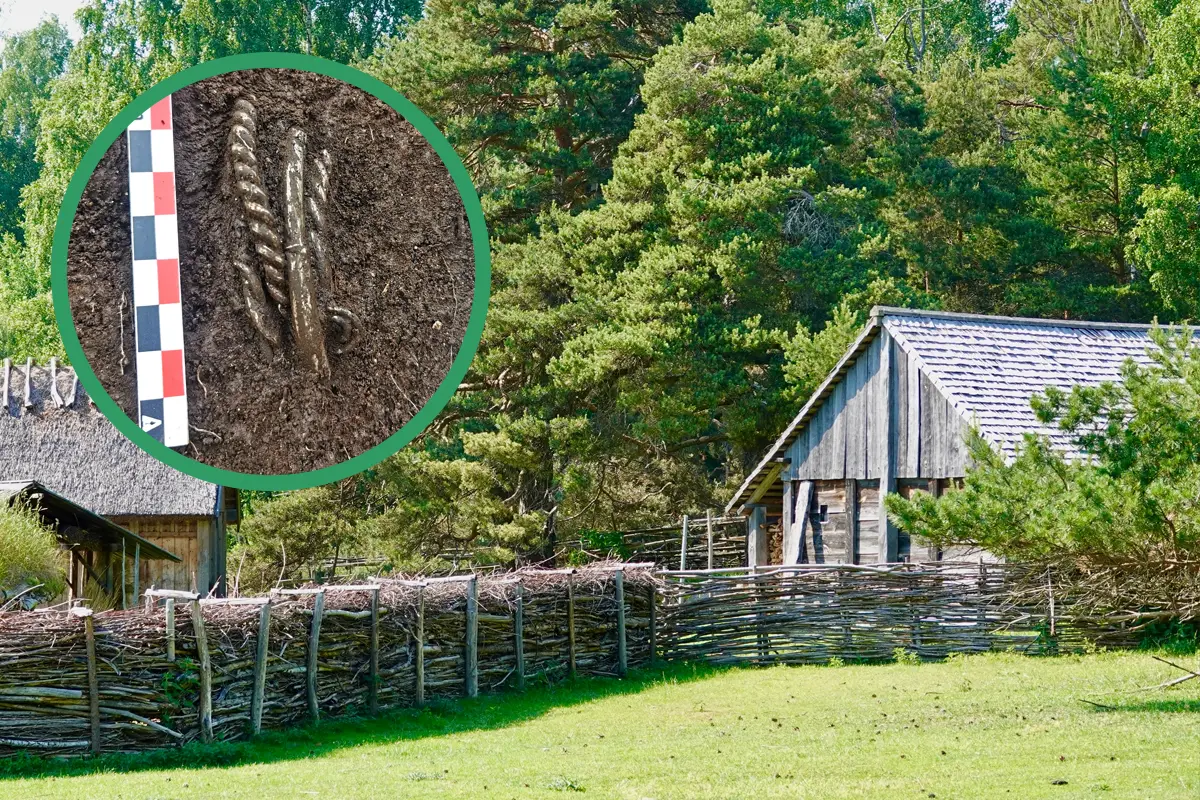Archaeologists from the Archaeological Museum at the University of Stavanger have discovered a Viking treasure hoard in the Hjelmeland municipality, Norway.
Excavations were in preparation for the construction of a new farm track to identify any archaeological remains in situ. The researchers discovered traces of a Viking farmstead, consisting of several structures for both the inhabitants and their animals.
Numerous domestic and agricultural objects have been unearthed, including soapstone pots, knife blades, rivets, and whetstones used for sharpening tools.
Mari Krogstad Samuelsen and Ola Tengesdal Lygre were excavating a dwelling used for housing slaves, when they identified what appeared to be twisted hedging wire at a depth of 20 centimetres.
Upon further inspection, the objects were revealed to be four heavy silver bracelets, each adorned with distinct decorative elements.
“This is definitely the biggest thing I have experienced in my career”, says archaeologist and project manager Volker Demuth from the Archaeological Museum at the University of Stavanger.
“This is a unique find, because we very rarely find such objects exactly where they were placed. As a rule, such valuable objects are discovered on fields that have been ploughed, where an object has been completely removed from its original context,” added Demuth.
According to the archaeologists, the hoard dates from around the 9th century AD and shares similarities to silver necklaces found in Hjelmeland in 1769. At that time, there were no silver mines operating in Norway, so all the silver used by the Vikings was sourced from abroad, obtained through trade, received as gifts, or taken as loot during their raiding expeditions.
Evidence of burning also indicates that the farmstead was destroyed by fire, likely during a time of conflict that required the necessity for the inhabitant’s valuables to be deposited in the ground for security.
Header Image Credit : Archaeological Museum at the University of Stavanger
Sources : Archaeological Museum at the University of Stavanger





